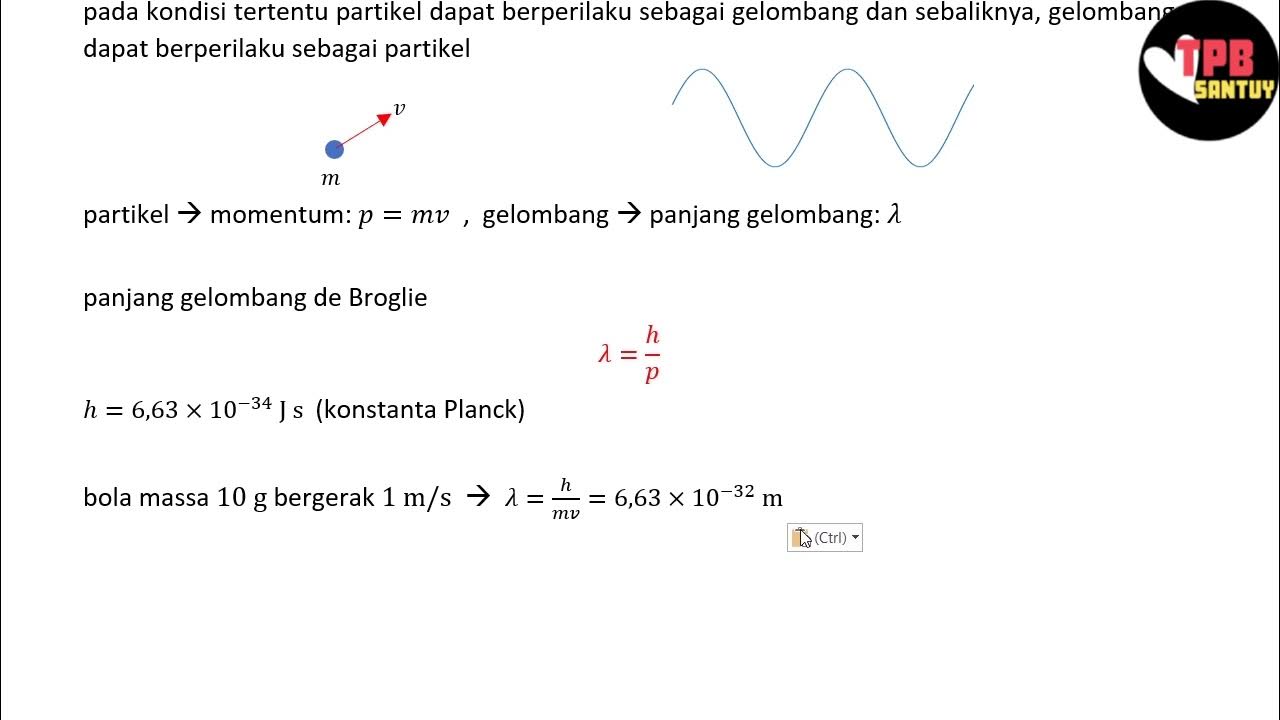Quantum Electrodynamics and Feynman Diagrams
Summary
TLDRThis video explains Quantum Electrodynamics (QED), the theory that describes how electrons and photons interact. It emphasizes that electrons repel each other through the electromagnetic force, necessitating a quantum approach to their behavior. The video introduces Feynman diagrams, which represent the myriad interactions between particles, showcasing how all possible scenarios occur simultaneously in superposition. It highlights QED's remarkable predictive power, particularly in explaining phenomena like the anomalous magnetic moment of the electron, achieving unprecedented precision. Overall, QED elegantly reconciles quantum physics with electromagnetism, illuminating fundamental forces governing our universe.
Takeaways
- 😀 Quantum electrodynamics (QED) explains the repulsion between electrons, which is crucial for understanding interactions in the universe.
- 🌌 The universe is viewed as a box containing two fields: the electron field and the electromagnetic field, which govern particle interactions.
- 📦 Particles like electrons are disturbances in their respective fields and can appear or disappear as packets of energy.
- 🔄 The electric charge of electrons is associated with the rotation of complex numbers over time, indicating their phase change.
- ⚛️ Positrons, or anti-electrons, behave as oppositely charged particles with a reversed phase in the electron field.
- 🌀 Feynman diagrams serve as visual tools to represent the interactions of particles, illustrating how they exchange photons and interact.
- 🔗 Interaction vertices in QED allow for various scenarios, such as electron photon exchanges and particle annihilation events.
- 🔄 Multiple interactions can occur simultaneously, allowing for complex scenarios that involve many photons and particles.
- 🔍 The sum of all possible interactions, including virtual particles, helps predict the probability of specific outcomes in experiments.
- 📈 QED has enabled precise predictions in physics, exemplified by the remarkable accuracy in calculating the anomalous magnetic moment of the electron.
Q & A
What is quantum electrodynamics (QED)?
-Quantum electrodynamics is a fundamental theory in physics that describes how electrons and photons interact through the electromagnetic force.
How do electrons behave when they come close to each other?
-Electrons repel each other when they get close, a behavior that explains why we do not fall through solid objects like chairs.
What is the significance of virtual particles in QED?
-Virtual particles are intermediaries in electron interactions that help to mathematically describe how particles exchange momentum and energy without being directly observable.
What are Feynman diagrams?
-Feynman diagrams are visual representations of particle interactions in quantum electrodynamics, showing possible scenarios of how particles like electrons and photons interact.
What roles do the electron field and electromagnetic field play in QED?
-The electron field contains electrons as disturbances, while the electromagnetic field contains photons. Together, they describe the fundamental interactions between these particles.
What does it mean for particles to be in a superposition of scenarios?
-In quantum mechanics, a superposition of scenarios means that all possible outcomes occur simultaneously, with each scenario contributing to the overall behavior of the system.
How does the conservation of electric charge work in particle interactions?
-During particle interactions, the total electric charge before and after must remain the same, ensuring that charge is conserved throughout the process.
What is the anomalous magnetic moment of the electron?
-The anomalous magnetic moment of the electron is a precise measurement that describes how the electron reacts to a magnetic field, predicted by QED to an unprecedented accuracy.
Why are virtual particles considered essential in QED?
-Although virtual particles cannot be detected directly, they are essential for explaining the interactions between real particles and accounting for forces in quantum field theory.
What experimental predictions have been made using QED?
-QED has made numerous experimental predictions, the most notable being the behavior of electrons in a magnetic field, achieving accuracy to almost ten significant figures.
Outlines

このセクションは有料ユーザー限定です。 アクセスするには、アップグレードをお願いします。
今すぐアップグレードMindmap

このセクションは有料ユーザー限定です。 アクセスするには、アップグレードをお願いします。
今すぐアップグレードKeywords

このセクションは有料ユーザー限定です。 アクセスするには、アップグレードをお願いします。
今すぐアップグレードHighlights

このセクションは有料ユーザー限定です。 アクセスするには、アップグレードをお願いします。
今すぐアップグレードTranscripts

このセクションは有料ユーザー限定です。 アクセスするには、アップグレードをお願いします。
今すぐアップグレード関連動画をさらに表示

Do photons really exist ? 🟡

Dualisme Gelombang-Partikel | Fenomena Kuantum | Part 1 | Fisika Dasar

Efeito Fotoelétrico - O Nobel de Einstein

The Planetary Atomic Model (Bohr Model)

Understanding Bremsstrahlung Radiation - X ray Production

3.3.2 - Radiação eletromagnética: Teoria Quântica - Efeito Fotoelétrico (Einstein)
5.0 / 5 (0 votes)
